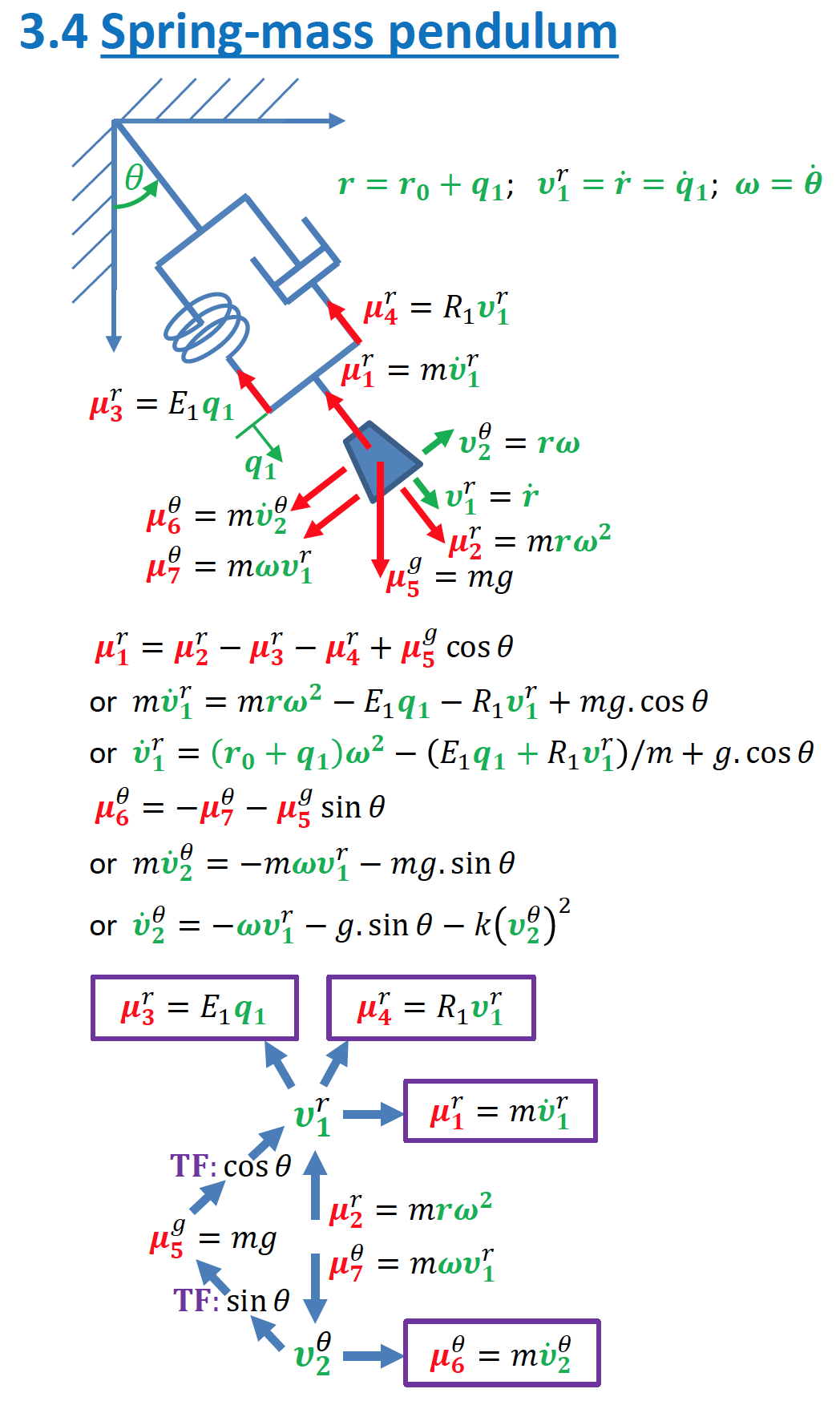Further models to explore¶
In this part of the tutorial we look at exploring and sharing several more models that may be of interest. You need to make sure you have completed the preparation and sharing sections before embarking on this section.
The Hill model with serial damping¶
In a similar manner as the Hill model with parallel damping, we are about to work with a Hill model which contains serial damping. We have provided another workspace containing a new Hill model at: http://teaching.physiomeproject.org/workspace/2b6. As with the previous section, you should fork this workspace and make a local copy of the workspace using OpenCOR.
The basic Hill model with added serial damping is shown in Fig. 5.

Fig. 5 Schematic illustration of the Hill model with an additional series damping element we are using in this part of the tutorial. The model is described in the CellML document Hill_Basic_sDash.cellml and a prepared simulation experiment in Hill_Basic_sDash.sedml.
Running the prepared simulation experiments for the Hill model with either parallel and series damping will hopefully result in clearly observable damping behaviour. As described in Sharing, explore these models and try out the functionality of OpenCOR. As you work, be sure to keep things synchronised with PMR, making sure you use descriptive messages when synchronising changes so that you can keep track of your work.
If you would like to test how well you document your changes, try sharing your workspace with your neighbour and seeing if they are able to work out what you changed just from your workspace history.
A pendulum encoded in CellML¶
In addition to models like the Hill model, it is also possible to follow the same methods to develop models capturing kinematics. We provide another workspace, http://teaching.physiomeproject.org/workspace/2b5, in which a model of a pendulum is provided. This model is similar to that given in Section 3.4 of the full bond graph tutorial provided on the main index page and reproduced in Fig. 6 for convenience.

Fig. 6 Schematic illustration of a spring-mass pendulum and the associated bond-graph based derivation of the model. The model is provided in the CellML model BG tutorial model solid mechanics 3.cellml and a prepared simulation experiment in BG tutorial model solid mechanics 3.sedml.
As above, create your own fork of this workspace and local copy of the workspace to explore.